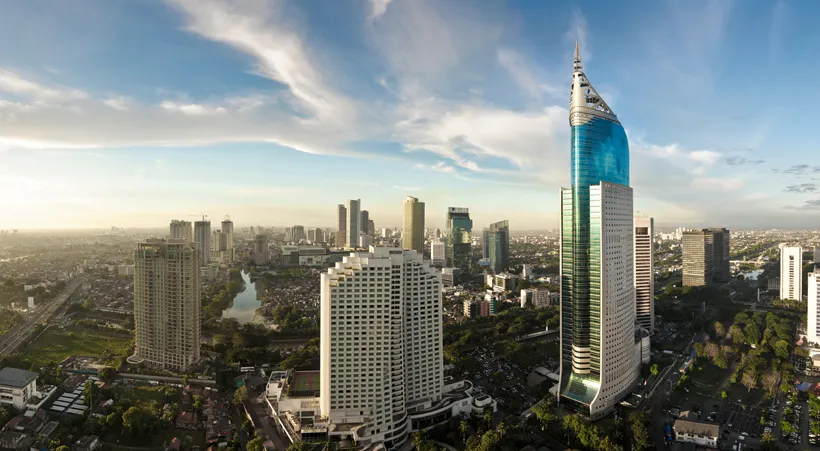A mammoth market awaits in South-East Asia - exports to Indonesia are increasing

Exports to Indonesia by Finnish enterprises are increasing, but the figures are still well short of the highs seen during the peak years. South-East Asian countries are investing billions in improving their infrastructure.
Last year, Finnish enterprises exported goods to Indonesia for more than EUR 250 million. Finnish exports of goods to Indonesia grew by a whopping 63 per cent.
In spite of this sharp increase, Vesa Kalenius, Vice President, Export Finance at Handelsbanken, believes that some Finnish enterprises have forgotten about Indonesia. During the heyday of Finnish exports to the South-East Asian island state, the annual total exceeded half a billion euros.
“Indonesia has everything it takes for a Finnish company to engage in profitable business The level of infrastructure investment is tremendously high. There is no choice but to invest in railways, ports and roads,” Kalenius says.
According to Kalenius, nearly all of the countries in South-East Asia are similarly compelled to improve their infrastructure. This need also extends beyond logistics. In the Indonesian capital Jakarta, for example, the development of waste management is an emerging trend that has also resulted in orders for Finnish companies.
Exports to Indonesia rely on major corporations. The investment goods mostly consist of various types of machinery and equipment. An export promotion trip to Indonesia last year attracted companies in the energy, bioeconomy and cleantech sectors. Recent Team Finland -promotion trip's themes were energy, waste management, logistics, infrastructure and the digital transition of industries.
“Chinese, Japanese and Korean corporations are very active throughout South-East Asia. Due to their large size and ability to provide loans, securing projects is difficult for the other players in the field. Finnish enterprises can nevertheless participate in projects as partial suppliers, as designers and developers of various industrial plants and by bringing in expertise in project management,” Kalenius explains.
A large cluster of countries
Indonesia is the largest economy in South-East Asia and one of the G20 countries. Indonesia’s GDP is three times higher than that of Singapore, the region’s hub for growth companies and financing. This is also reflected in export statistics.
“Finnvera’s liabilities in the region are primarily in Indonesia. In-country financing tends to be the norm in Singapore and Malaysia. The demand for financing for exports to other South-East Asian countries has not increased, at least not where we are concerned. The volumes come mostly from major transactions,” says Liisa Tolvanen, Senior Adviser at Finnvera.
She also believes in the export potential of other South-East Asian countries. The region is seeing rapid economic growth, as high as five per cent annually.
Kalenius says the South-East Asian countries have a lot of similarities, but each of them also requires country-specific insight. You have to visit the countries often and build trust. Negotiating and closing transactions by e-mail requires very strong underlying relationships.
“Singapore is the wealthiest and most developed of the region’s countries. It has seen an influx of small IT enterprises and game development companies. Malaysia is trying to imitate Singapore and many Nordic companies have a presence there. Indonesia and the Philippines are facing similar problems related to traffic. If you had to choose one of them as your base, Singapore would be the best. There are frequent flights from Singapore to the neighbouring countries and establishing a company is easy,” Kalenius explains.
Both Kalenius and Tolvanen hope to see Finnish SMEs pursue exports to South-East Asia in spite of the resources it requires to do so. There is strong demand for ICT services and consumer products.
Tolvanen points out that there is a wide range of hedging mechanisms available for mitigating the risk associated with export receivables.
"Credit insurance is usually an appropriate solution for small projects. The use of a bill of exchange can also be considered where smaller sums of money are involved. Documentary credit, on the other hand, is an effective solution even for larger transactions,” Tolvanen concludes.
Read also:
